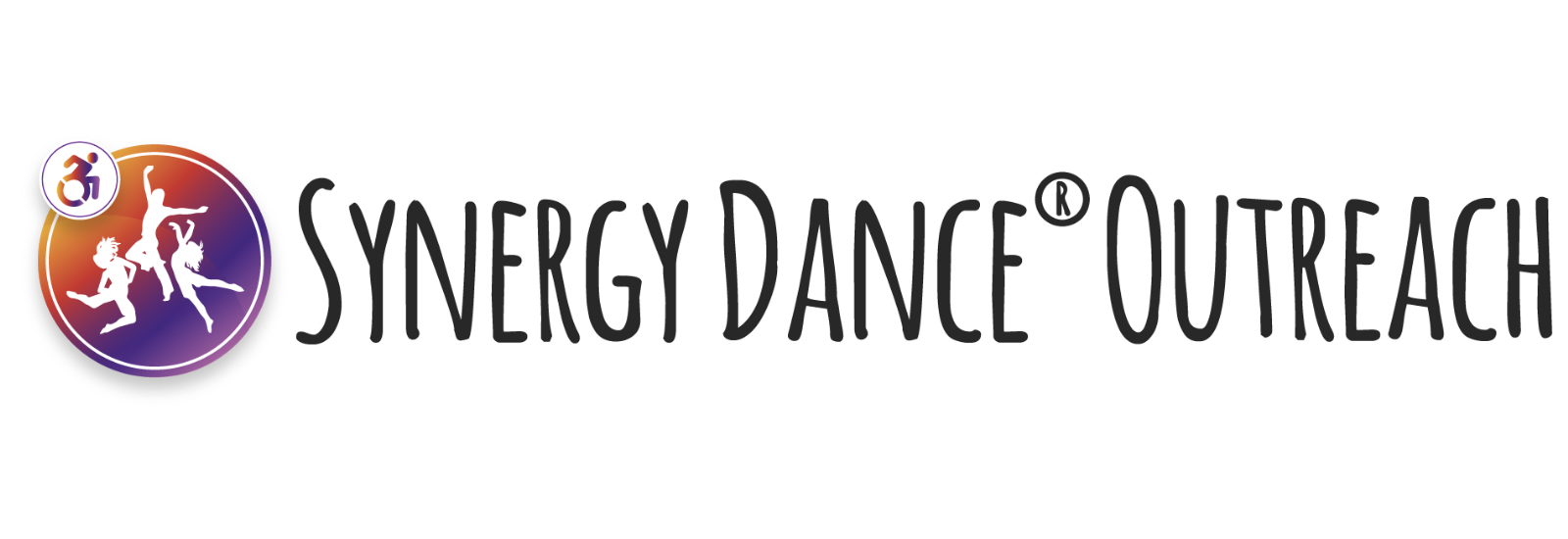SEND translates to Special Educational Needs and Disabilities. It refers to children, teenagers and adults who experience difficulties and barriers to learning. As a result of these difficulties and barriers, it is often more challenging for them to learn and take part.
We provide activities for people with SEND including children, teenagers, adults and seniors, who have a disability, which affects their ability to access facilities.
At Synergy we focus on SEND delivery for children, teens, adults and seniors with both specialist classes and inclusion to mainstream classes. Our classes include dance, fitness, yoga, Pilates, musical theatre, and themed workshops, both in person and virtually. Seated and low impact classes are also available.
Synergy welcome participants of any physical ability to participate in sessions. They may be for SEND participants or mainstream children more prone to inactivity. The SEND needs typically range from autism, severe learning difficulties, special needs support, speech, language, and communication needs, emotional and learning difficulties, visual impairments and physical disabilities.
Government figures report that there 12% of school-age children in England (around 9 million in total) have SEND needs. In Scotland and Wales, this percentage is approximately double at 24%. This means that there are a significant number of children in British schools with SEND needs who face additional challenges when accessing their education.
At Synergy – No one is left behind…
Any inclusive sport or dance is extremely important to those who would otherwise not be able to participate. All children and adults, regardless of whether they are able bodied, have a disability or are unable to cope in a mainstream environment, deserve the opportunity to participate in dance, yoga, movement, and sport. Our SEND classes can be liberating for children and adults who may have limited range of movement or coordination.
Our goal is to provide fun and engaging activities for everyone and to offer people with additional needs, the opportunity, and benefits of a mainstream setting. We do this through inclusive teaching provision and support, to help bring in irregular or consistently inactive young people or adults.
Exercise, SEND & Well Being
It has been proven that exercise and sport can improve our metal health. According to the National Autistic Society up to 40% of people with ASD or a similar spectrum condition will have an anxiety disorder as opposed to just 15% in the general population. Not only will dance and movement improve the physical health of our children, it will also help their mental wellbeing.
The power of inclusive dance
Seeing children and adults interacting in a safe environment and being able to take part in something they might not otherwise be able to do is life changing. To many children being able to take part is just as thrilling as winning a race.
Synergy provide exercise for everyone including:
- The disability community
- Participants with SEND
- Seniors – Healthy ageing and low impact programmes
- Those with Long Term Health Conditions (LTHC)
- Visually impaired/Blind
- Deaf community & Hard of hearing
- School children, teens and adults
Synergy classes are supporting an increasingly wide range of needs and participants can take huge leaps in confidence, fitness, and artistic ability over as little as 8 weeks. For example, children have expanded their range of skills, approach to social situations and learning dance and yoga.
Since starting his dance classes I, and school have seen a huge change in G. G has only been attending for a couple of months, but has grown hugely in confidence and made huge personal developments in his understanding and language. He is so keen to copy his teacher, firstly watching her perform the dance move, then trying to copy, and has even started to develop some language, copying her as she tells him what the dance move is called, Amazing! G has actually been looking forward to going to school, to show staff and his peers the move he’s learned – before Christmas we couldn’t even get him through the door! His cheeky little laugh and smile has returned, and I’m so thrilled to see ‘the old G’s returning. So thank you so much, for such a wonderful, inclusive, fun group!
The range of conditions from people attending our classes may include: mental health issues, Anxiety, Depression, feeling isolated, those with Special Educational Needs, autistic spectrum conditions, visual impairments, long term health conditions (e.g. cancer, Cerebral Palsy), learning difficulties, Attention Deficit Hyperactivity Disorder (ADHD), Autistic Spectrum Disorder (ASD), Mild Learning Disability (MLD), Oppositional Defiant Disorder (ODD), Downs Syndrome, Dyspraxia, Dyslexia, global developmental delay (GDD), asthma and nonverbal SEN.
What conditions fall under SEN?
1) Communication and interaction
2) Cognition and Learning
3) Social and emotional mental health difficulties (SEMH)
4) Sensory and/or physical needs
Some examples of SEN are:
We have taken into consideration the following points:
- Sensory processing issues with loud noises – music will be played at a level suitable for all.
- Simple and clear instructions, with visual supports for those with learning difficulties or an extra visual prompt to an instruction such as PECS or Makaton signing where appropriate.
- Depending on the age and SEN/Disability of the child or adult, classes may be split to enable better support of individual needs.
- Session will take place at venues which are able to cater for car parking and access needs.
- Relaxed setting and Adult/Child ratios for children with SEND.



